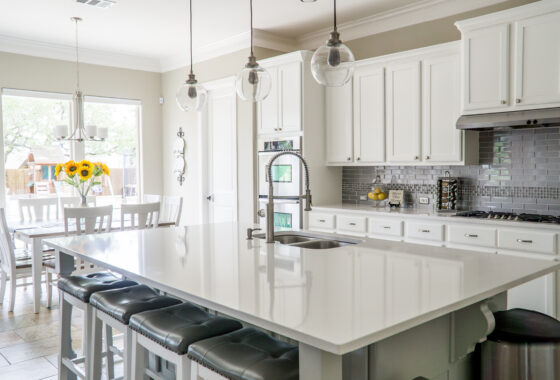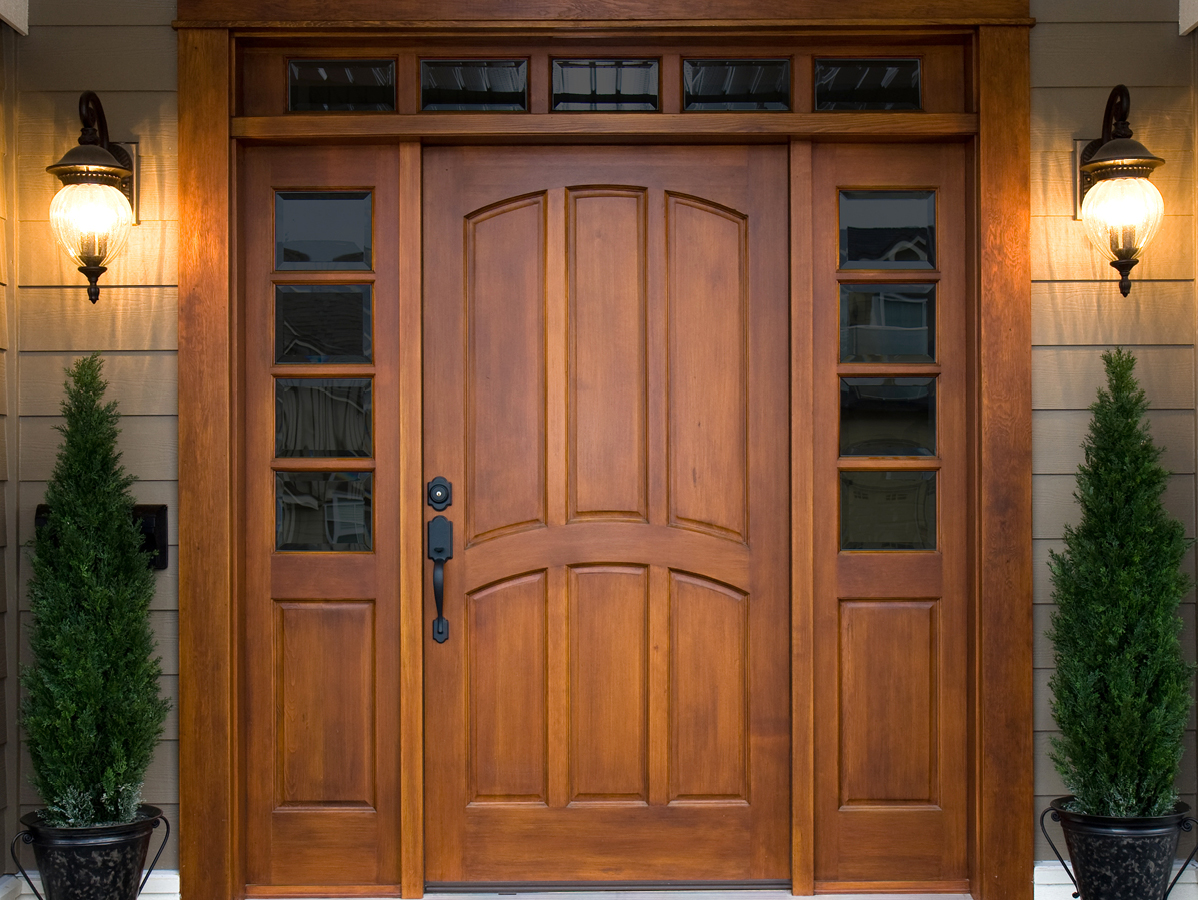Would you like to mix furniture and decor design styles in your home but don’t know how? Are you struggling to create a cohesive look with the mix of furniture and accent pieces you’ve accumulated? The good news is you can beautifully mix different decorating styles, like traditional, modern, or farmhouse, to create a stylish interior. Follow these guidelines to design with confidence.
Pick your main style
One way to start mixing and matching interior design styles is to employ the 80/20 rule. This means that approximately 80 percent of your space should feature one design style, and the other 20 percent can include others. If you have a living room with a traditional sofa and chairs, for instance, you can lighten the look by adding framed contemporary prints and light curtains in a natural material.
Yvonne Pratt of the interior design blog Stone Gable is a pro at mixing design styles in her beautiful Pennsylvania home. Her living room is mostly furnished with classic elements, like a white sofa and spindle chairs, but she also has cozy farmhouse elements, such as a white buffet table, baskets, and a big farmhouse-style sign over her fireplace. “Most people end up mixing decorating styles in their home without realizing it,” she says. “That’s what makes your home warm and inviting.” The neutral color palette she chose for her home’s interior allows her to easily incorporate fun and trendy accent pieces without needing to completely redo the room.
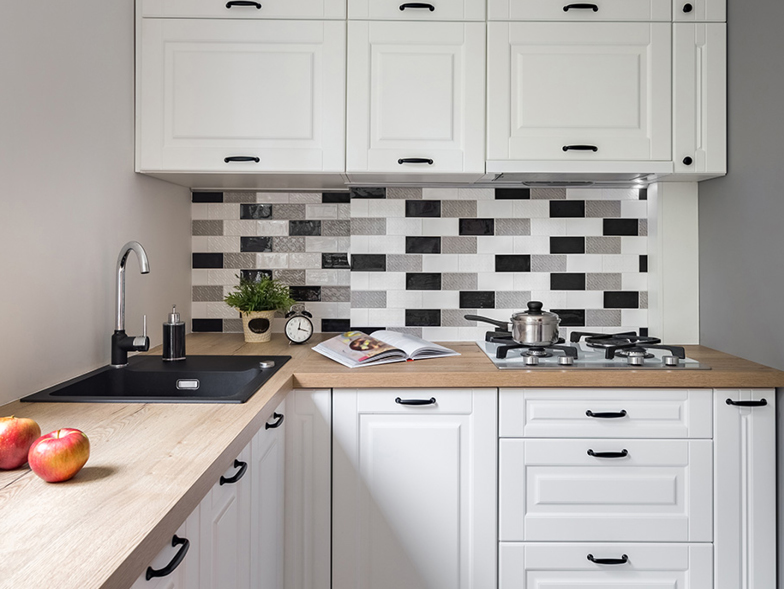
Consider your space
A room’s built-in features can influence its style. For instance, white-painted crown molding may impart a traditional look, while an open floor plan and concrete flooring can provide a modern feel. But there are ways to work in other styles, too, despite your space’s existing structural elements. You can make a traditional kitchen with white cabinets and butcher-block counters look more contemporary by giving it a bold backsplash and modern tile flooring. Or you can warm a modern space with high ceilings by adding a comfy traditional-style sofa, a rustic brick accent wall, and warm pops of color.

Create balance
Combining diverse design styles is a balancing act. To make your space look harmonious, give each side of the room equal visual weight. For instance, if a large built-in bookcase dominates one area, you could counterbalance it with an overstuffed sofa on the other side of the room. If your coffee table features a red vase, add other red accessories throughout the space. If you want to combine two design elements in your room, such as Scandinavian and midcentury modern, intersperse both styles throughout instead of featuring one style at one end and the other style at the other.
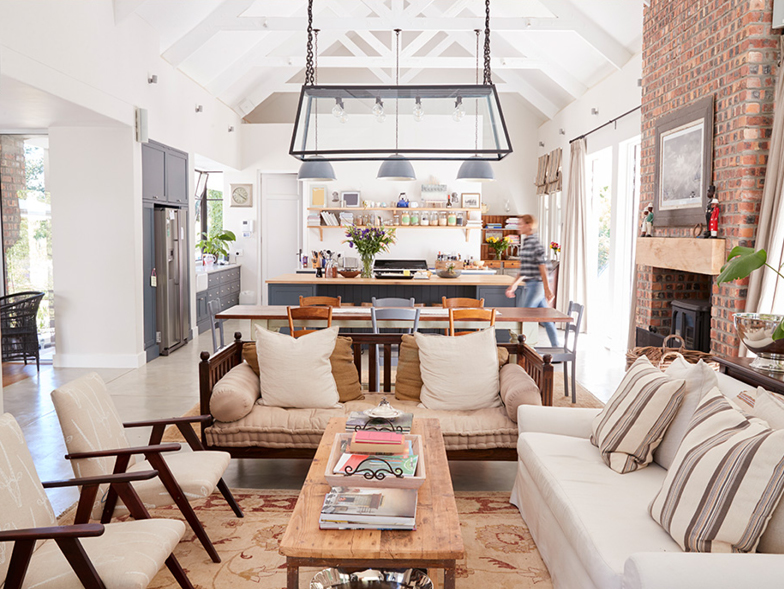
Find commonality
You can effortlessly mix contrasting furnishings by accentuating the qualities they share. For instance, a transitional-style sofa, midcentury accent chairs, rustic coffee table, and farmhouse dining table can look perfect together if your sofa and chairs have similar farmhouse-style throw pillows and your rustic and midcentury furnishings have matching wood tones. Texture can blend design styles and make a room more interesting. If you have a space filled with industrial-style furniture but would like to bring in rustic features, you could add a live-edge wood coffee table with black hairpin legs and a distressed wood mantel over your fireplace.
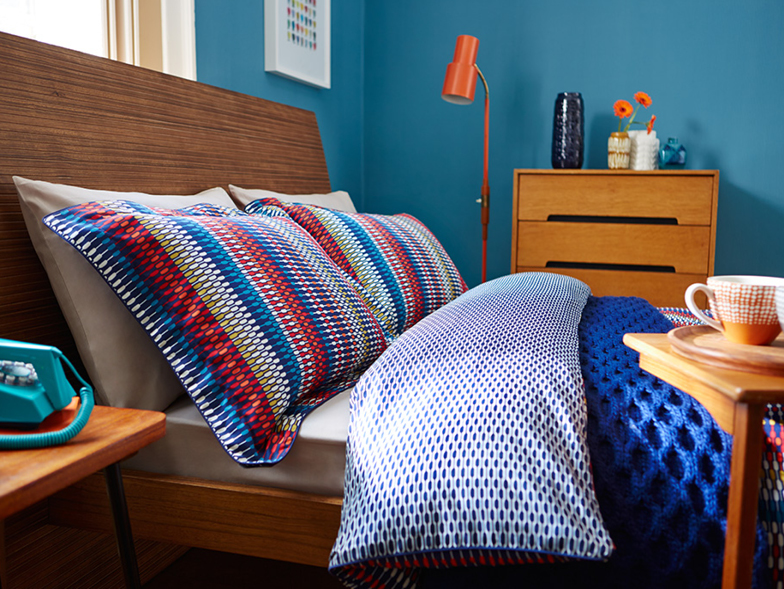
Use color to unify
Repeating colors is an effective tactic for blending design styles. Pratt suggests developing a color palette with three to five main colors. You can expand this color scheme by adding lighter or darker versions of its core colors. In her home, Pratt uses a pleasing mix of neutrals like white, toasty browns, and honey golds. You can even turn a design element that’s pricey or stands out from the rest of your decor into a focal point by incorporating its palette into your overall color scheme. For example, if you have a red-brick fireplace, you can pick up its rust color as an accent color in your room to make your fireplace pop.
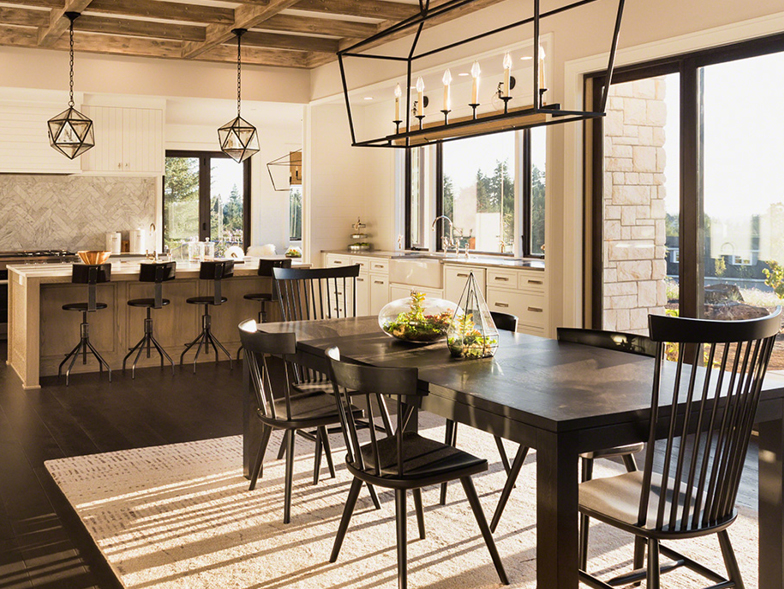
Know your design styles
It’s helpful to know the hallmarks of design styles when planning your decor. Here are some of the most popular ones:
Bohemian: If you love a global aesthetic, this style, which mixes and matches fabrics and decor from around the world, is for you. Think Japanese block prints, handwoven rugs, and hanging macramé planters filled with houseplants.
Industrial: This style suggests an urban loft or warehouse, and it may include exposed beams and ductwork, high ceilings, concrete surfaces, and sparse furniture.
Modern: A modern style is defined by sleek, clean lines, dark-hued colors—think black-framed windows—and a combination of metal, glass, and steel.
Modern farmhouse: Popularized by designer Joanna Gaines, this style features a light and neutral color palette, homey fabrics like chunky knits and grain sacks, natural and painted wood furniture, decorative wood signs, and rustic shiplap walls.
Scandinavian: Rooms with a Scandinavian theme may have white walls and feature uncluttered spaces accented with lush houseplants, minimalistic furniture, and light wood floors à la IKEA.
Traditional: Traditional design may include luxurious features, such as ornately carved furniture, dark wood finishes, gold flourishes, rich fabrics like velvet, and curved lines.
Transitional: This style mixes modern and traditional styles and may include traditionally inspired furniture that’s toned down in size and ornamentation and a neutral color palette with bright splashes of color.

,








